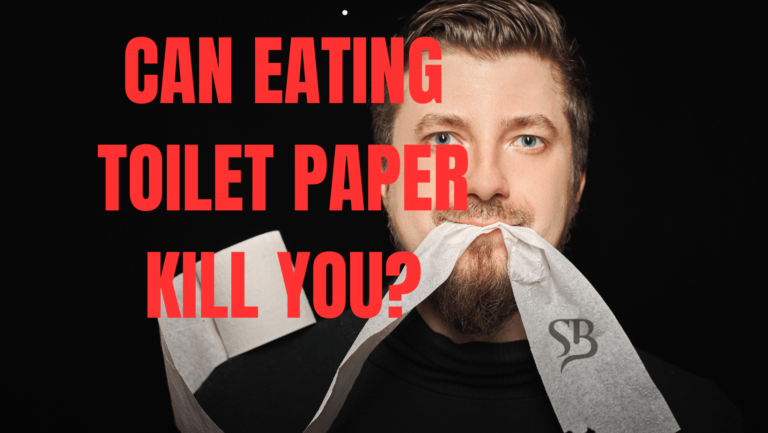The toilet starts to fill up as if someone just flushed it, even though nobody has gone potty in quite some time. Some folks may have superstitious beliefs and think the restroom is haunted.
The water level in the tank is the problem. Leaks and temperature fluctuations in the shower are just two of the many plumbing issues that is not letting you stop a running toilet.
After a few seconds of flushing, the water will typically stop flowing.
Consequently, you should be concerned if the toilet continues to turn on and off randomly. The term “phantom flush” describes this phenomenon.
Ways To Repair Your Toilet
Finding the cause of a toilet running randomly for a few seconds is usually easy. Before you start, you might want to gather the following items:
- Hand protection with rubber coating
- A towel and a sponge
- Pair of shears
- Multi-bit driver for screws
- A new fill valves
- Optional spare components for your toilet
Also read: How to Prevent Hair Dye From Staining Your Bathtub
Tools Required
- Rubber Gloves
- Pliers
- Cutting Pliers
Materials Needed
- Toilet Flapper
- Replacement fill valve
Also read: Toilet Water Rising When Flushed: How to Fix
Inspect the Fill Tube

Find the fill tube by removing the tank lid if you’re having trouble with the overflow tube in your toilet.
A short, flexible tube connects the fill valve and the toilet overflow tube. After each flush, this tube squirts water down the overflow pipe to replenish the bowl as the tank fills.
The bowl won’t fill, and your subsequent flush won’t generate a strong siphon if this tube is detached or the water stream doesn’t reach the overflow tube. Carefully reattach the fill tubing to the fill valve.
Ensure the fill tube directs water into the toilet overflow tube and sits about an inch above the overflow tube’s lip.
Make sure the water flows down the overflow tube when you flush the toilet. If you take this step as soon as possible, you will know how to stop a running toilet in seconds.
Also read: Are Toilet Lid Covers Sanitary? Debunking Myths
Get the Fill Height Just Right by Monitoring the Float

An adjustable float controls how much water is in the tank.
Adjusting the float to the correct height prevents water from overflowing into the toilet overflow tube and weak flushing; an incorrect setting causes the fill valve to remain open.
Someone left the water running in the toilet. If you want to know how to fix a toilet that won’t flush, mark the fill level mark on the inside back of the tank and put it on the overflow tube. That way, you’ll be able to see it more easily.
Mark one inch down the overflow tube if you can’t find it. Next, observe if the water stops flowing after flushing the toilet.
If it doesn’t, and the water keeps running, you may adjust the float level in the toilet tank. If your toilet is older, you may need to bend the brass rod that connects to the float ball to make adjustments.
Modern toilets, on the other hand, often require you to crank a screw or slide a clip along a rod. Make sure to flush the toilet after every modification. Once you’ve reached the desired level, adjust the float until the water stops pouring.
Also read: Why Is My Toto Toilet Making Noise After Flushing
Toggle The Flush Solenoid

Water will pour into the bowl if the chain is too short or tangled to close the flapper. Refilling the tank is as simple as turning the fill valve on and off. If the flush rod is too long or hits the tank lid, the flapper won’t open wide enough to stay open for the whole flush.
It would be best to keep your hand on the lever for the flush to work properly.
Adjust the flapper to shut slightly to avoid problems like low water in the bowl and loose chain linkage. Reduce the likelihood of tangling by snipping the additional chain at the rod, leaving around one inch extra.
Afterward, put the new tank cover on and ensure the flush rod doesn’t touch the cover when you pull the lever. If this occurs, simply slowly lower it and adjust the chain.
Also read: Push Button Toilet Flush Problems and How to Fix Them
Swap Out The Topper
If your toilet runs after three steps, it may have a worn flapper. Turn off the water, remove the flapper, and buy an identical one to prevent a toilet from overflowing.
Hardware shops provide several options. Overflow flappers conceal ears. Some surround the tube with a ring. Catch comes next.
There may be no ideal fit. Over the last 15 years, flapper fashions have proliferated, and today stores sell 15–20 flapper outfits.
Remember your product’s model and brand before leaving home since some shipments include that information. Some are “universal flappers,” while others differ.
Find the closest, or buy a universal kind. Instead of purchasing one, having an extra might save you money and time.
Unless you’re replacing one, avoid “adjustable” models.
Place the new flapper in place and test its opening and closing capabilities.
After that, go ahead and try it. You must still achieve an adequate seal if the water sometimes flows or flows. How to Stop a running toilet in seconds sometimes requires trying a different flapper.
Wrap-up On How To Stop a Running Toilet
In conclusion, repairing a running toilet in seconds is A simple and effective way to save water and avoid hassle.
A typical problem with toilets is a flapper that needs to seal correctly, a broken fill valve, or an uneven float. By knowing how the toilet works, you can quickly fix these difficulties.
Also read: Why Do Toilet Seats Crack
How can I fix a toilet that continues to run randomly?
To fix a toilet with a random running issue, check and adjust the fill tube, monitor and adjust the float to the correct height, toggle the flush solenoid to ensure the flapper closes properly, and consider replacing the flapper if it is worn or not sealing correctly. Regular maintenance can resolve these common toilet running problems.
Why does my toilet keep running for a few seconds after flushing?
A common cause of a toilet running for a few seconds after flushing is a malfunctioning flapper. If the flapper doesn’t create a proper seal, water continues to flow into the bowl, triggering the fill valve to turn on briefly.







